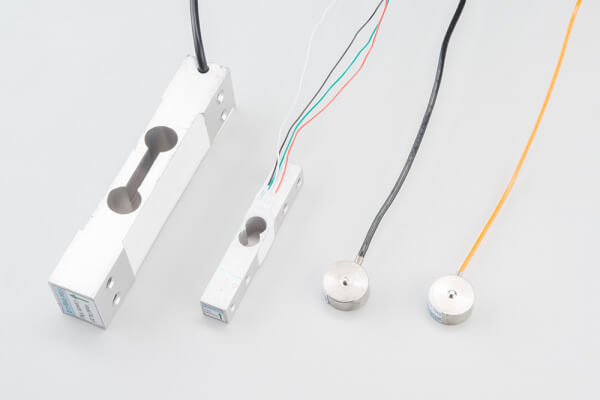
by Xukyo | 9 Dec 2021 | Tutorials
There are force transducers that are quite simple to use and compatible with microcontrollers such as Arduino. They consist of a load cell and a conversion module. The load cell is a strain gauge sensor that measures force in one direction in space. It is usually...
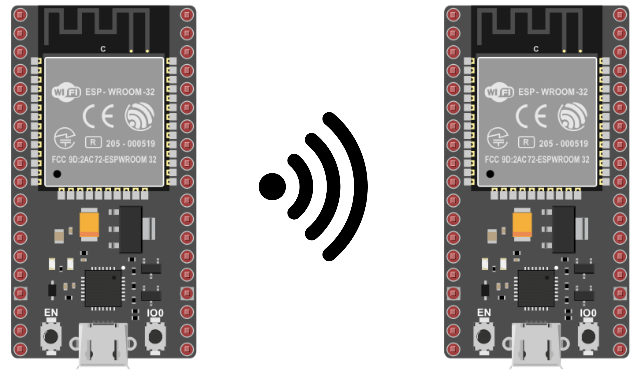
by Xukyo | 21 Oct 2021 | Tutorials
The NodeMCU ESP32 is a small microcontroller with a Wi-Fi chip. It is possible to establish a communication between two ESP32, when they are connected on the same network. In this tutorial, we will see a Master/Slave architecture, in which one ESP32 will play the role...
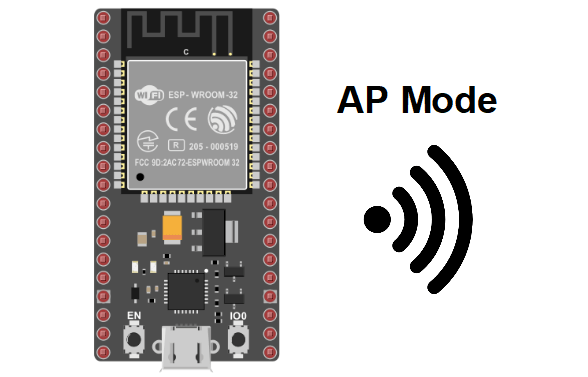
by Xukyo | 21 Oct 2021 | Tutorials
The esp32 microcontroller from Espressif is able to be configured as an WiFi access point (AP) and generate its own WiFi network with ssid and password. This method is useful when you do not have access to a WiFi network or if you want to work on a network specific to...
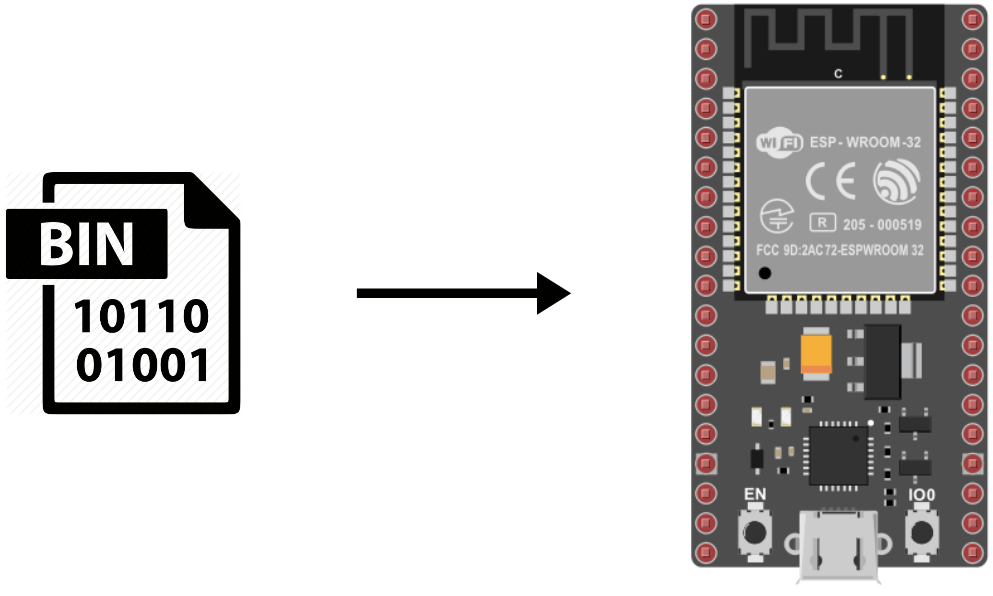
by Xukyo | 28 Jun 2021 | Tutorials
When you have a number of microcontrollers to flash with the same program, it can be interesting to flash the compiled BIN file directly. This has two interests. It saves you time on uploading and it allows third parties to upload a program without using the Arduino...
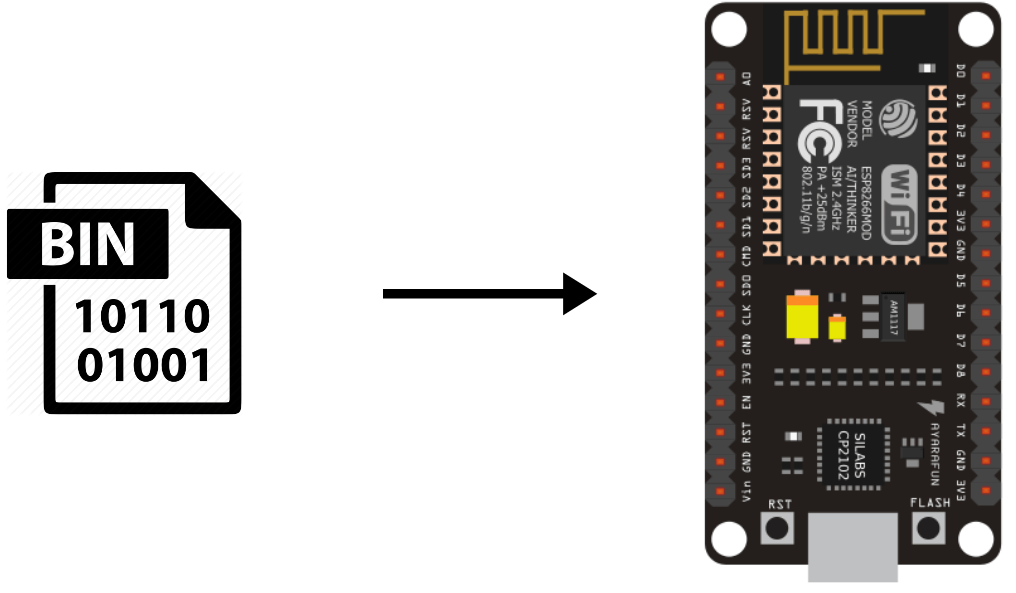
by Xukyo | 14 Jun 2021 | Tutorials
When you have a number of cards to flash with the same program, it can be interesting to flash the compiled BIN file directly into the ESP8266. This has two interests. It saves you time on uploading and it protects your source code if you share the program with...
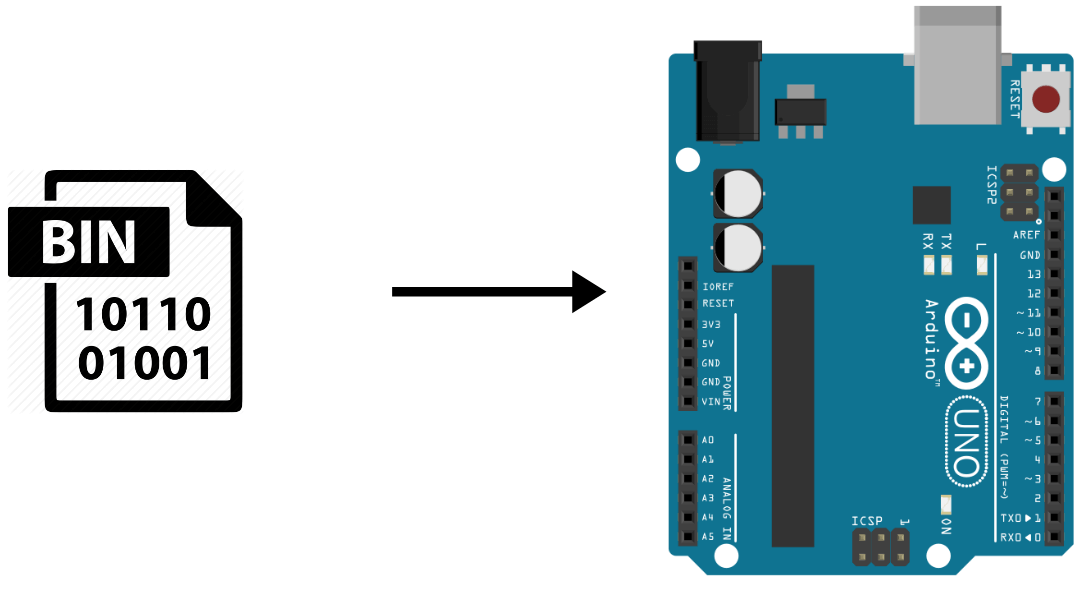
by Xukyo | 4 Jun 2021 | Tutorials
When you have a number of Arduino boards to flash with the same program, it can be interesting to flash the HEX compiled file directly. This has two interests. It saves you time on uploading and it allows third parties to upload a program without using the Arduino...
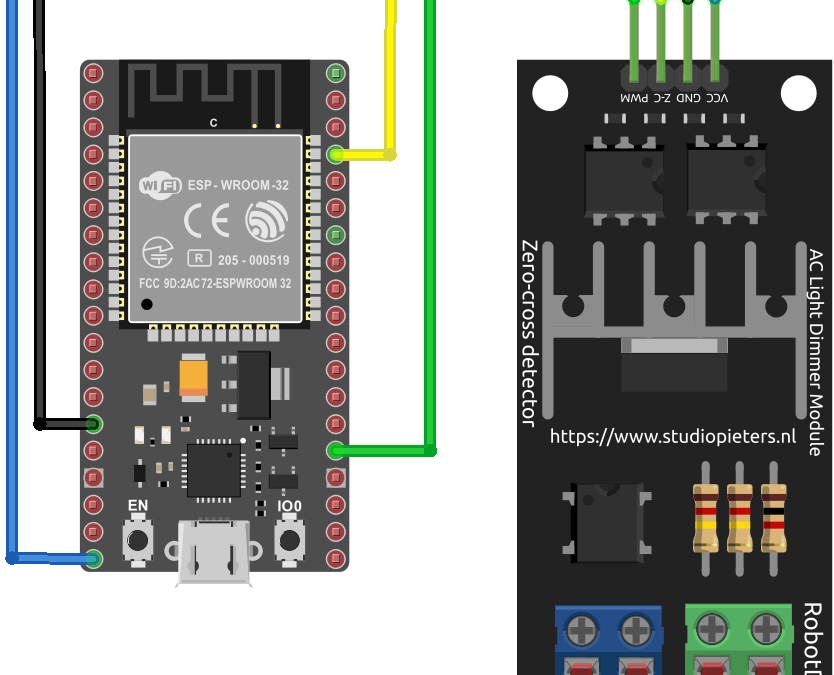
by Xukyo | 25 May 2021 | Tutorials
In home automation, it is interesting to be able to manipulate alternating current in order to control different electrical appliances such as lamps or fans. The AC voltage dimmer is a module allowing to vary the power of an alternating current. It has the same use as...
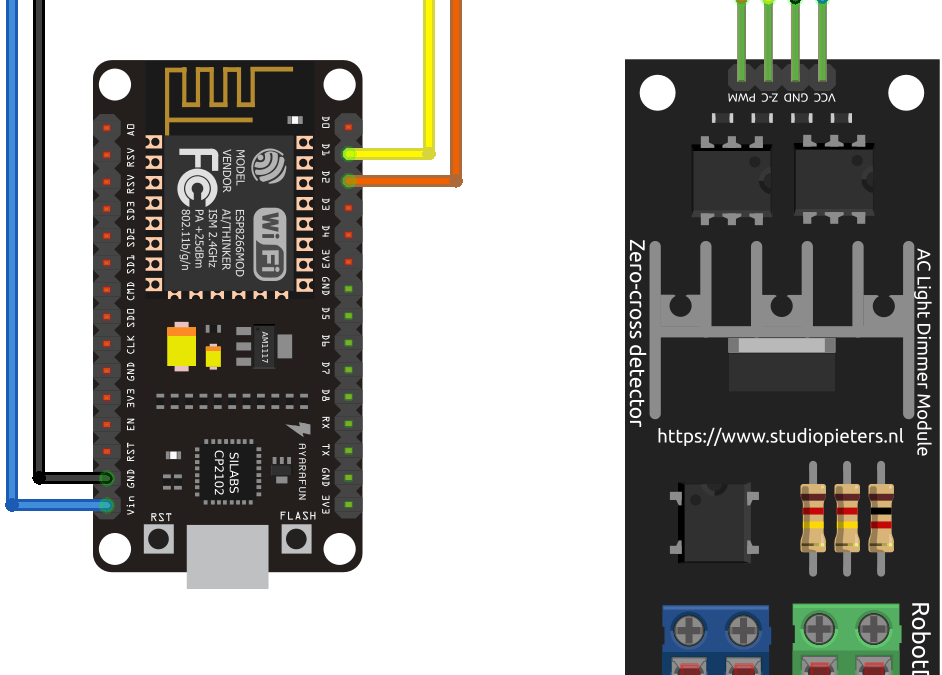
by Xukyo | 17 May 2021 | Tutorials
The AC voltage variator is a module that allows to vary the power of an alternating current. It has the same use as a transistor in direct current. It can be used to vary the brightness of a lamp supplied with 220V or to vary the speed of a fan, for example. We will...
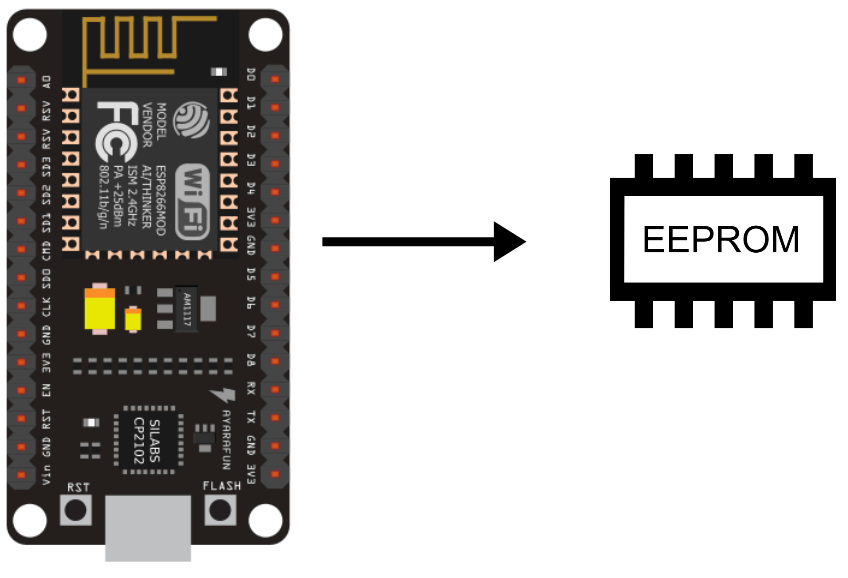
by Xukyo | 3 May 2021 | Tutorials
The EEPROM is an internal memory of the ESP8266 microcontroller which allows to keep in memory data after restarting the card. When working with microcontrollers, it is interesting to keep in memory data such as the identifier and the password of the Wifi. Material...
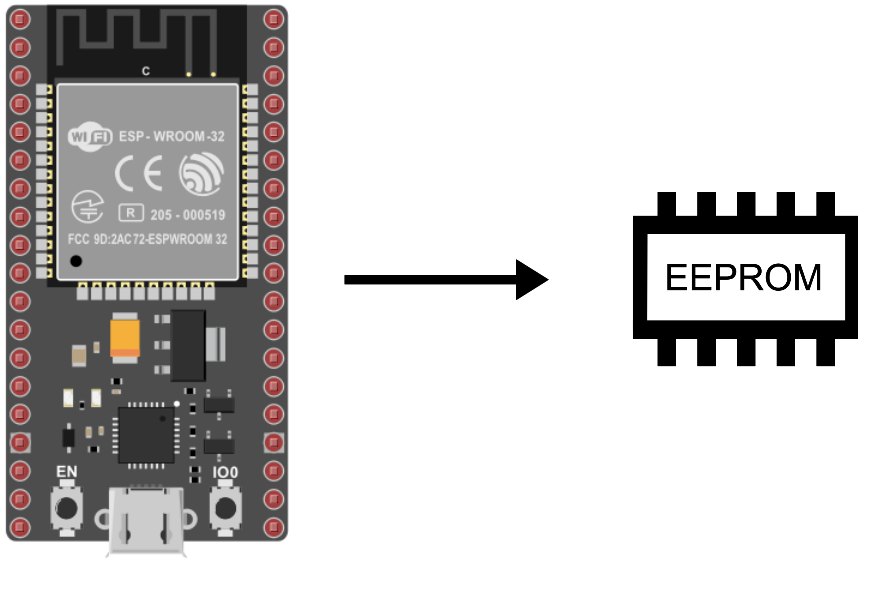
by Xukyo | 3 May 2021 | Tutorials
The EEPROM is an internal memory of the ESP32 microcontroller that allows to keep in memory data after restarting the board. When working with microcontrollers, it is interesting to keep data in memory especially when the card turns off whether it is wanted or not, as...














